In Conversation with Dan Henry on Collecting, and Creating His Own Watch Brand
From being an avid vintage collector to creating a microbrand with inspired designs, but accessible prices.
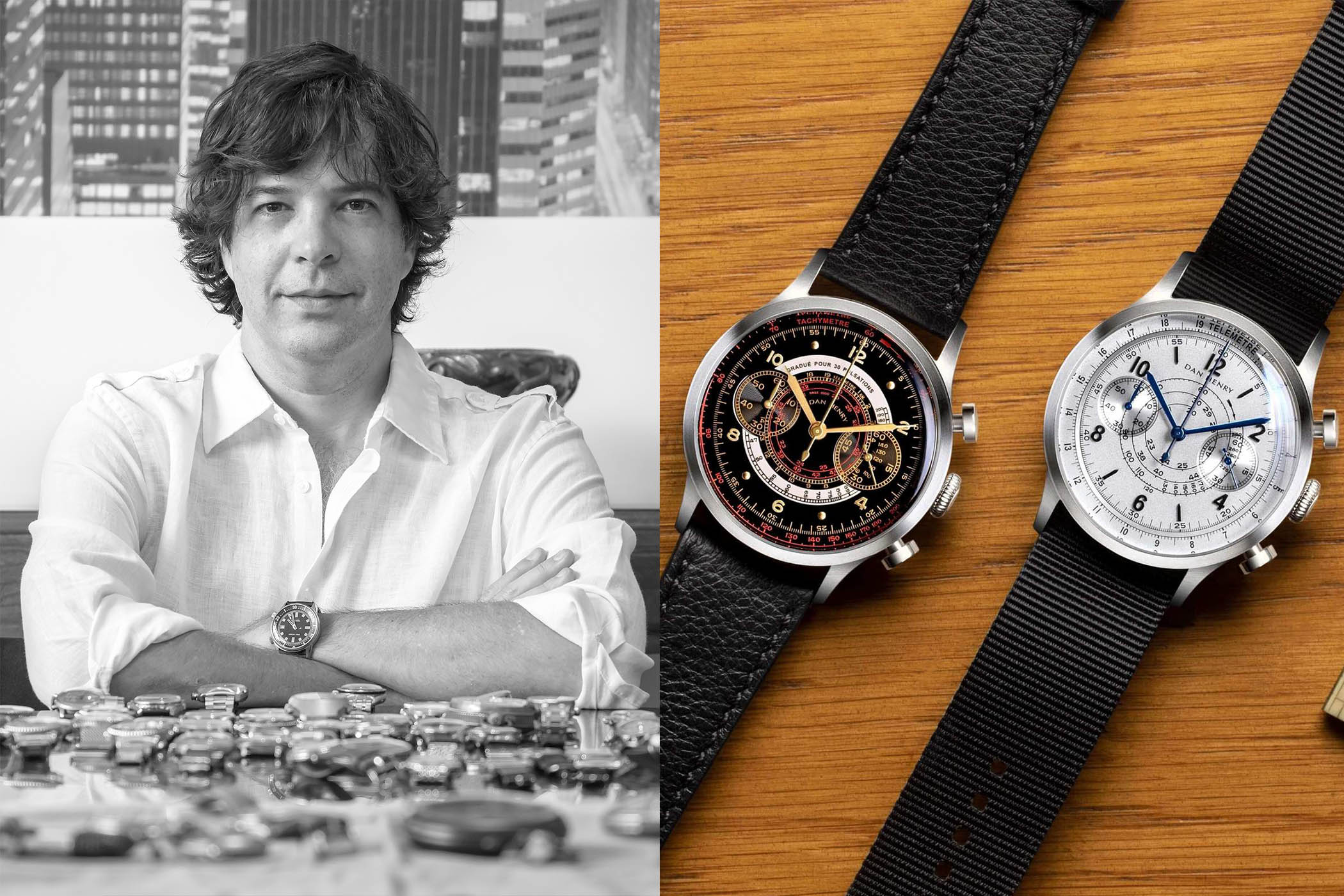
Some stories are more fascinating than others. With most microbrands that are (successfully or not) launching, there’s very often the same pitch; at the beginning, a passion for watches and later the wish to create something that couldn’t be found on the market. We’ve heard that many times, true story or not. But with Dan Henry, things are more genuine, more tangible. If you wonder if Dan has a passion for watches, the answer is a big YES. And that can clearly be felt in the watches that this avid collector (of some of the finest vintage watches) produces under the brand Dan Henry Watches. And today, we talk with the man to understand why and how things started – and how it continued.
Erik Slaven, MONOCHROME – You’re an avid collector and enthusiast, starting an Instagram account and then a website (timeline.watch) dedicated to your collections. What sparked this interest in watches and horology? Was it the Roskopf pocket watch you received on your 10th birthday? What happened from there?
Dan Henry – Well, I was born a collector. As a small child in Brazil, I was fascinated by machines that work without an external power source. First, it was kites and gliders, and later sailboats as they all run without an engine. What really hooked me as a boy was my discovery that an automatic watch worked without a battery and in theory, could run forever, as long as you keep moving. So, during the holiday seasons and for birthdays, all I wanted was watches. By the time I was 15, I had a collection of more than 30 watches and still have some of them. I remember trading watches at school when I was maybe 9 or 10 years old. The Roskopf was my first vintage timepiece, but I had quartz watches before it.
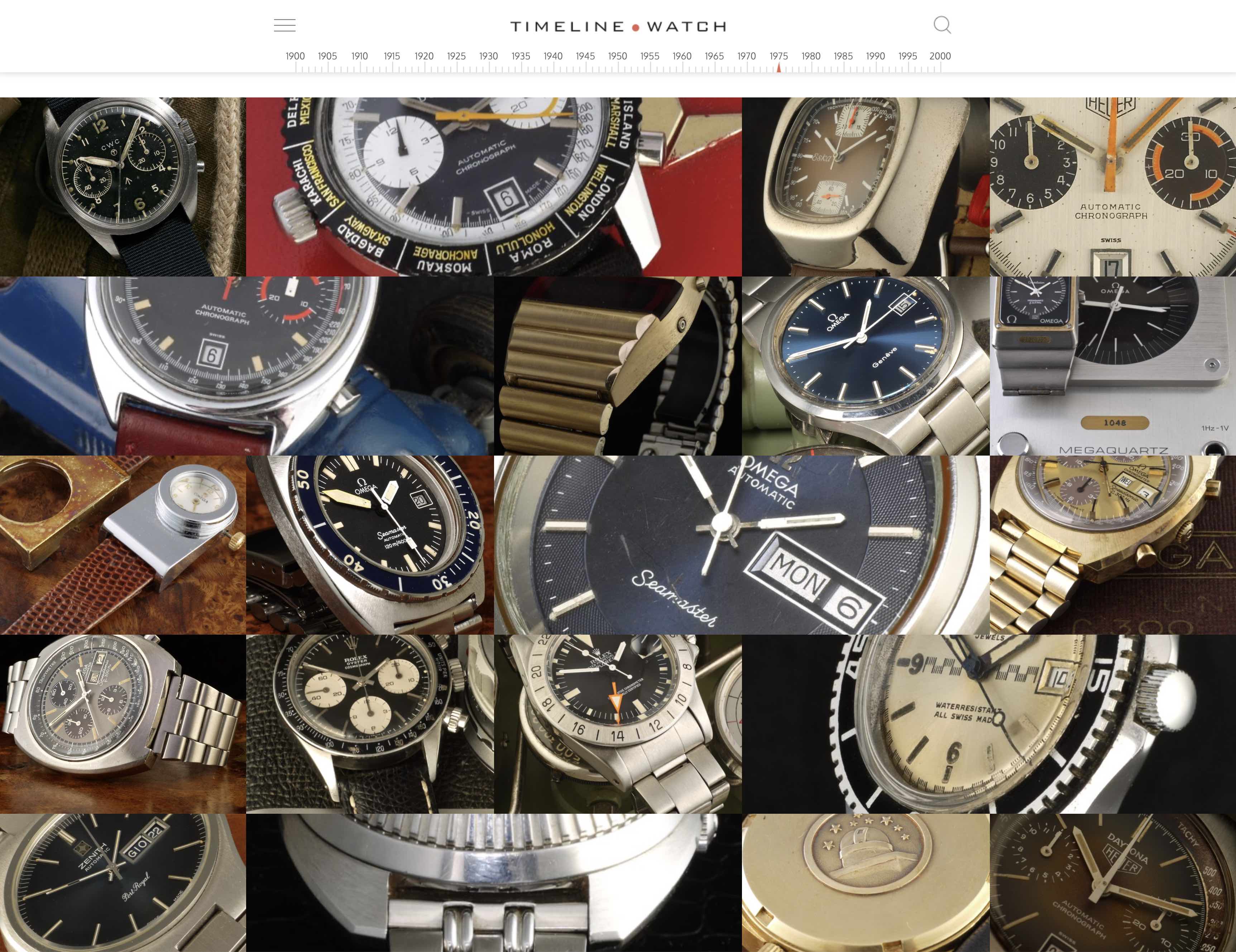
I became a fulltime watch collector in 1998 when I discovered eBay and other auction sites. I started trading watches to grow and improve my collection. That same year, I collected email addresses of friends and started offering watches in email bulletins. As far as I know, I was the first to do this. I was initially focused on vintage watches but soon found that modern fashion watches from Bulgari, Tag Heuer, Rolex and others were much easier to sell in Brazil. So, I started to advertise modern watches, which was perfect timing as most of the watches I sold came back to me in exchange for new watches. This formed much of my vintage collection. Those were very busy times. On good days, I was negotiating half a dozen watches to either buy or sell.
Today, my primary source for watches are antique fairs or simply contacting collectors directly in WhatsApp groups. Now that I’m focused on being a manufacturer, however, I’m buying fewer watches. There was a time when I acquired two or more watches per week. Now if I find one per month, I’m happy.
What did your initial collection look like – What type of watches did you first acquire and how has it evolved as your portfolio matured? Do you prioritize the watch’s history, technical engineering, aesthetics? And do you go through phases where you focus on one aspect over another?
The first watches I remember owning were a quartz Casio Game 10, a Timex Star Wars and a Seiko Giugiaro. I got my first Swiss piece in 1984, a Swatch. When I turned 15, my grandfather gave me his gold Universal Polerouter from Gerald Genta with a nice tropical dial. I still have that watch in my collection. I like to say that I collect good watches and great histories. I tend to look for three things in a watch: Sheer beauty, the dedication of its makers and its historical relevance. Other issues are involved as well, such as the talent of the designers and technologies available at the time of manufacturing.
Today, my priority is tool watches. If I have to choose between a chronograph or a diver, I always go for a chronograph. My collection of timepieces isn’t limited to wristwatches. I also like precision instruments, such as marine chronometers and pocket watches, especially complicated ones.
Over the years, I’ve become more selective in my watch collecting. My priority now is the originality and condition of a watch. I only buy pieces that are in original, top condition and without refurbished parts or damage. Collecting like this opened my eyes to other types of vintage pieces, such as paintings, tapestries, sculptures, lighters, pens, glassware, jewellery, knives and scientific instruments – a little of everything. This is all now a part of my life.
Collecting is a learning process. You should learn something from every purchase. If I could do it all again, I probably wouldn’t buy 60 per cent of the watches I now own, choosing other pieces instead. When I’m considering a piece now, I ask myself, “Does this watch contribute to my collection?” My response is generally no, so I don’t buy it. I also don’t buy modern watches today. I do have several relatively modern Rolexes – Submariner, Explorer and GMT with sapphire glass – just to show the evolution of the models. I rarely buy something made after the 1970s now.
When I started collecting, I never would’ve imagined that I’d have as many watches as I do now. But like every collector, the desire to buy more watches grows and never stops. I never looked for very expensive watches as my focus from the beginning was finding ones that were a balance of cost and benefit. The perfect watch should be affordable. This is one of the reasons I decided to create my brand. It had simply become too difficult for most collectors to buy cool timepieces with a vintage design that cost about the same as a nice dinner. I missed the fun of buying watches that didn’t put a dent in my wallet and gave me equal or greater pleasure as my rare vintage pieces. Wearing a beautiful watch that you’re not worried about knocking a bit has always been my dream, and today that dream is fulfilled with my brand.
I am still involved in the vintage watch scene. I’m at the antique markets on weekends, meeting with friends and customers to talk about our collecting. This is how I build my relationships, sharing knowledge and just being honest. I feel the same way about my brand.
Your collecting seems both personal and a way to share your passion with others. You literally created an encyclopedia of your vast vintage collection. How has this focus changed since the beginning?
My idea for timeline.watch was to create an open-source site that served as a vintage watch encyclopedia, where collectors everywhere could post photos and information about their own watches. In the beginning, the database I created to organize my collection was just an Excel spreadsheet. Later, I set a goal to photograph every watch, over 1,500 pieces, which took almost a year. I decided to share the collection with everyone by posting it online, first on Instagram and then my timeline.watch website.
Encouraging other collectors to include their watches on the site is a goal that remains a work in progress. The other goal was to continue to build a broad network and interest in my collection that had begun with my postings on Instagram. That network served as the core of my customer base when I launched Dan Henry Watches. At launch, I had a mailing list of more than 5,000 collectors who already knew me and what I could offer. That was the beginning of my life as a watch manufacturer.
Your brand seems to be focused on the idea of sharing your passion for vintage watches with contemporary, accessible pieces that echo the best of your personal collection.
Yes, because of my eternal hunt for the perfect watch, I had a growing distaste for what the conventional watch industry was doing and designing. Prices had become ridiculous and were being pushed far out of reach of the vast majority of collectors. It’s hard to believe that a Rolex Daytona that costs USD $12,000 to $20,000 today could be purchased in the 1970s for only USD $225.
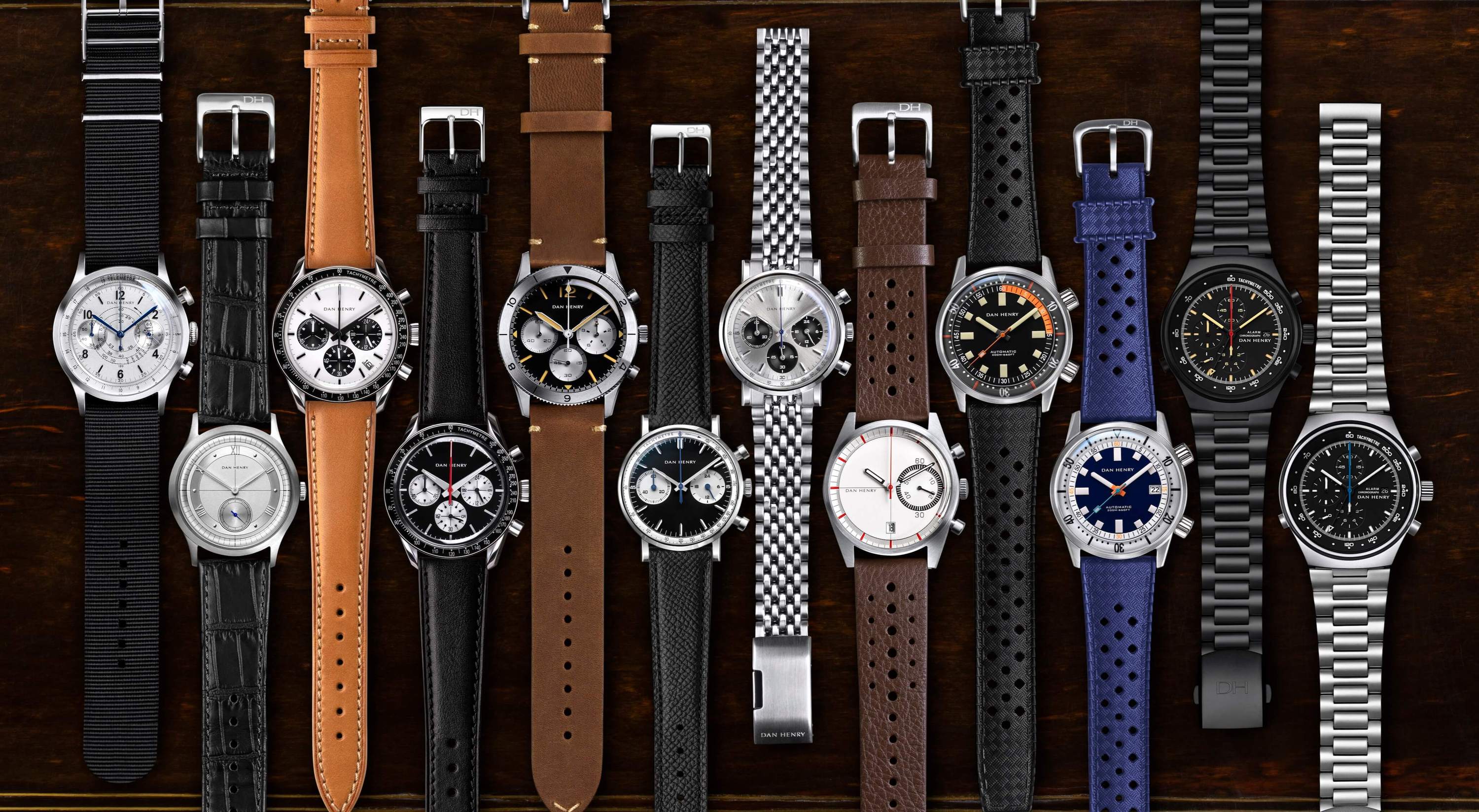
At the same time, I had become a watch collector extremist. I’m very intense in everything I do and was spending more than 12 hours nonstop on the internet just looking for watches. I had become too obsessed with collecting, which peaked when I lost out on a very rare Rolex that I’d been seeking for a year. I was so devastated that I decided the time had come to create something bigger out of that suffering. I could not see myself creating anything other than a “vintage” watch brand, so when I decided to plan Dan Henry watches, I had no doubts about what it was going to be.
Did you set out to build a full-blown brand or simply produce a few batches of watches? Was it a wait and see approach, or are you following the same plan set from day one?
I’m still following the same goals that drove the planning of the company in 2015. The watches I make have vintage designs that are inspired by the most striking pieces in my collection. These timepieces are not only beautiful but milestones that changed what a wristwatch can be. They were daring for their time and left a mark in watchmaking that’s still admired today. At the same time, it’s a priority for my brand to enlighten collectors about the great designs and trends in vintage watches. That goal is working out quite well. I know many customers who are now collectors of vintage watches because of the interest that started with my brand.
Do you have the same passion for designing and producing watches as you do for collecting? Do you get that same adrenaline rush from building your own that you get from hunting and finding vintage pieces – the thrill of the chase? And how has it been managing both sides of the watch game?
Producing watches has definitely changed my perspective on collecting. When I was a kid, I was very anxious when buying a watch. I would wait at the window every day for the mailman and almost couldn’t sleep the night before delivery. I’m now much more philosophical. If someone offers me a special piece, I send an offer and wait patiently. If I don’t get it, I truly believe it wasn’t meant to be mine.
My enthusiasm for watches has driven the successful shift from collecting to manufacturing. Today, seeing the prototype for a new model that I created provides as much of a thrill as buying a rare watch – my last Speedmaster Ultraman, for example. My brand is pure adrenaline for me and the support I receive from the watch community keeps me going.
How does a design start – are they all based on particular vintage watches in your collection? And how is everything sourced – the cases, dials, hands, etc.? Is anything produced in-house, and if not, do you have plans to produce your own parts in the future?
After thinking through the idea of a watch I want to create, I sit with an AutoCAD expert and design the watch step by step on screen. It doesn’t take more than three days to create a model, but I then review the design for months, gradually fine-tuning the details. Only after this full design-and-observation process do I order a prototype. At any given time, I have several prototypes in my collection and wear them to see what works and what should be retained in the design. I ask myself what needs to be improved and what simply disturbs me. I need to be 100 per cent sure of a model to launch it. Other than design, everything is outsourced. After I complete the design, all work shifts to the team at the manufacturer and they translate my designs into precision production plans. The companies we use are completely engaged in every phase of the process, from creating the hands to engraving our custom images on the back of each piece.
My watches are truly global timepieces – the designs are from me in Brazil, the dials from Korea, the movements from Japan, the straps are French leather and the cases are machined in China. This is just like the vast majority of “Swiss made” watches. Final assembly is completed in China. I try to find the best balance between quality and price, and it’s a daily challenge to stay in the price range I set for the brand while upholding the quality and details. Even so, working with established manufacturers is much more effective than creating an in-house production enterprise. To produce in-house would mean creating my own factory, which I would never consider. It would only increase my costs and not add to the quality.
I must say that the aura of producing in-house is a myth. It doesn’t add quality, especially in the price range of my watches. Bragging about in-house production as a sign of quality is a marketing ploy. The real key to producing high-quality timepieces is creating strong ties with the best suppliers in the business, which is what I do. As a result, the level of finish my timepieces have is comparable to Swiss watches costing ten times as much. In fact, the only difference in our manufacturing methods is the movements I choose. I prefer to use well-proven movements from Seiko and Citizen as they’re more reliable and much less expensive than their Swiss-made counterparts.
Are you inspired by other watchmakers? Has a particular brand or individual planted a seed for current or future Dan Henry watches?
I was inspired, if that’s even the word for it, by two watch brands that started on the web and are today multi-million dollar companies: DW (Daniel Wellington) and MVMT. I think their work is lacklustre and unimaginative. After seeing that stuff being sold at exorbitant prices, however, I thought that I could do better. And that view helped drive the start-up of my company.
There are some microbrands that I actually do like and have been a source of inspiration, such as Autodromo – the first microbrand I ever saw. Bradley Price, who created the Autodromo brand, is great. When I first met him, I thanked him for the inspiration.
Where do you see the brand moving in the future? What would you like to see happen in the next 5 years?
We need to keep growing the brand. I can continue to operate as a microbrand with all the advantages associated with that, such as being imaginative, flexible and quick-moving, and still be a growing company. My long-term goal is the same as the short-term goal, to keep evolving a growing line of high-quality timepieces inspired by great vintage designs for an increasing customer base. At the same time, a side benefit is beginning to develop. My brand is becoming collectable. I have customers who have purchased my entire collection and in some cases buy more than one of each piece. There’s a growing online market for my limited editions that are sold out and now sell for double the original retail price. That’s great for the brand and great for our customers.
I have learned a lot in the five years since I started to plan my brand and I expect the next five years will be just as instructive. My watches are always getting better and as I keep learning along the way, the brand will become quite robust. And the watches I’m selling now will have become part of a beautiful history.
More details at danhenrywatches.com.

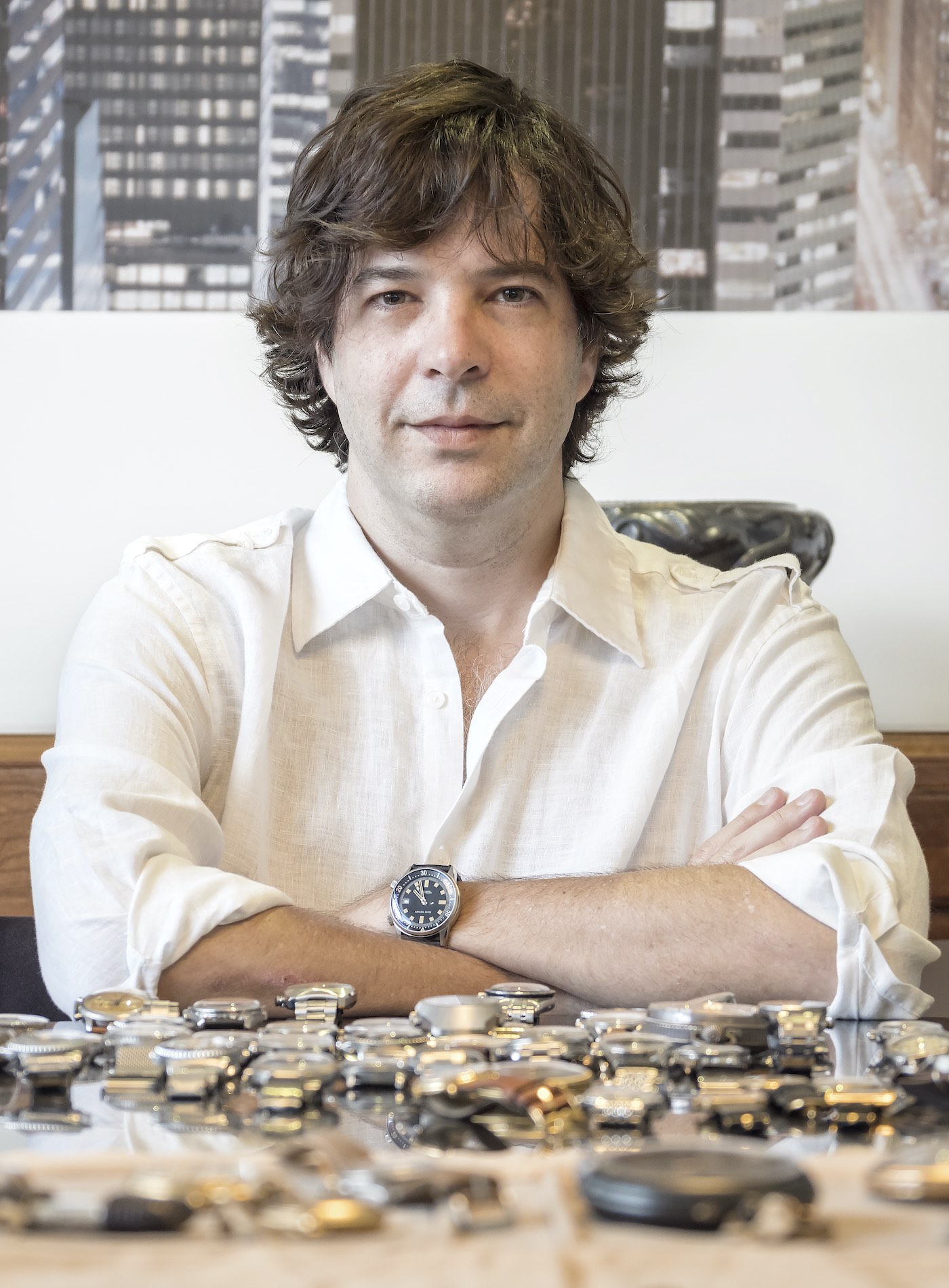
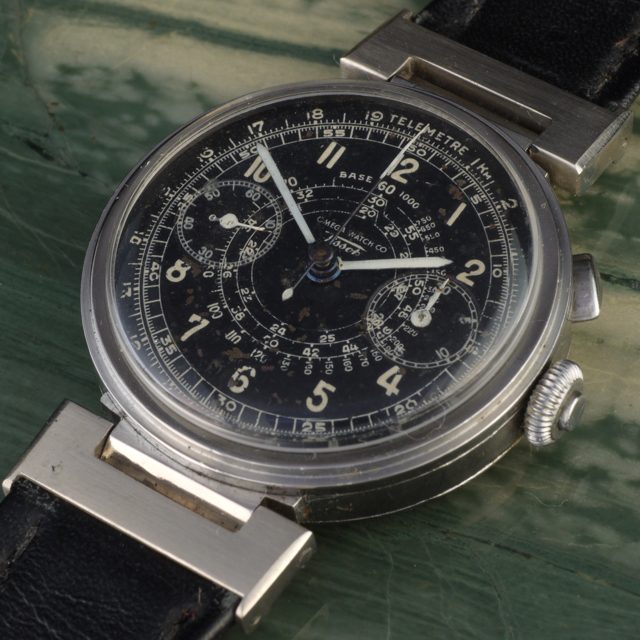

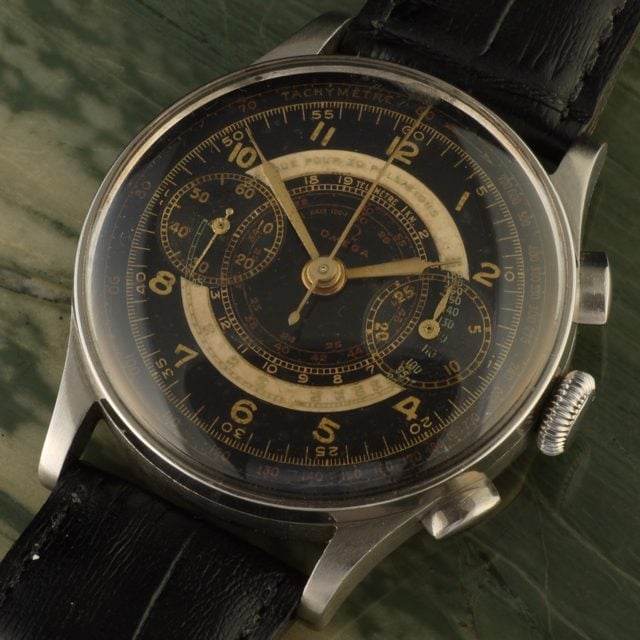
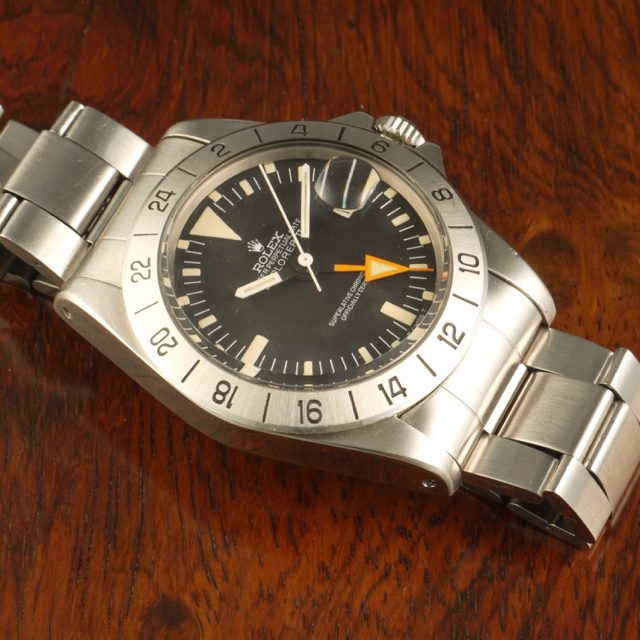
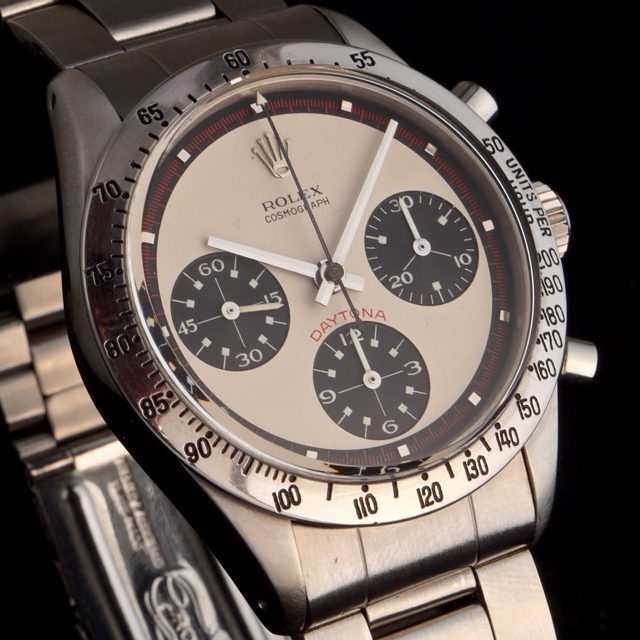
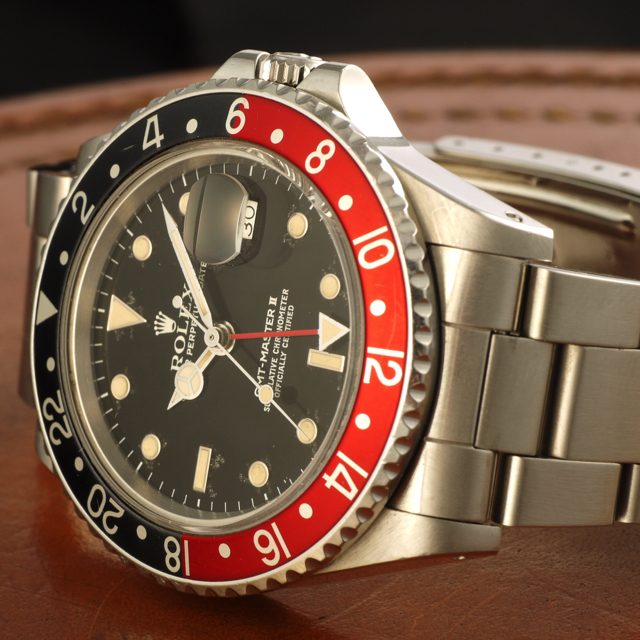
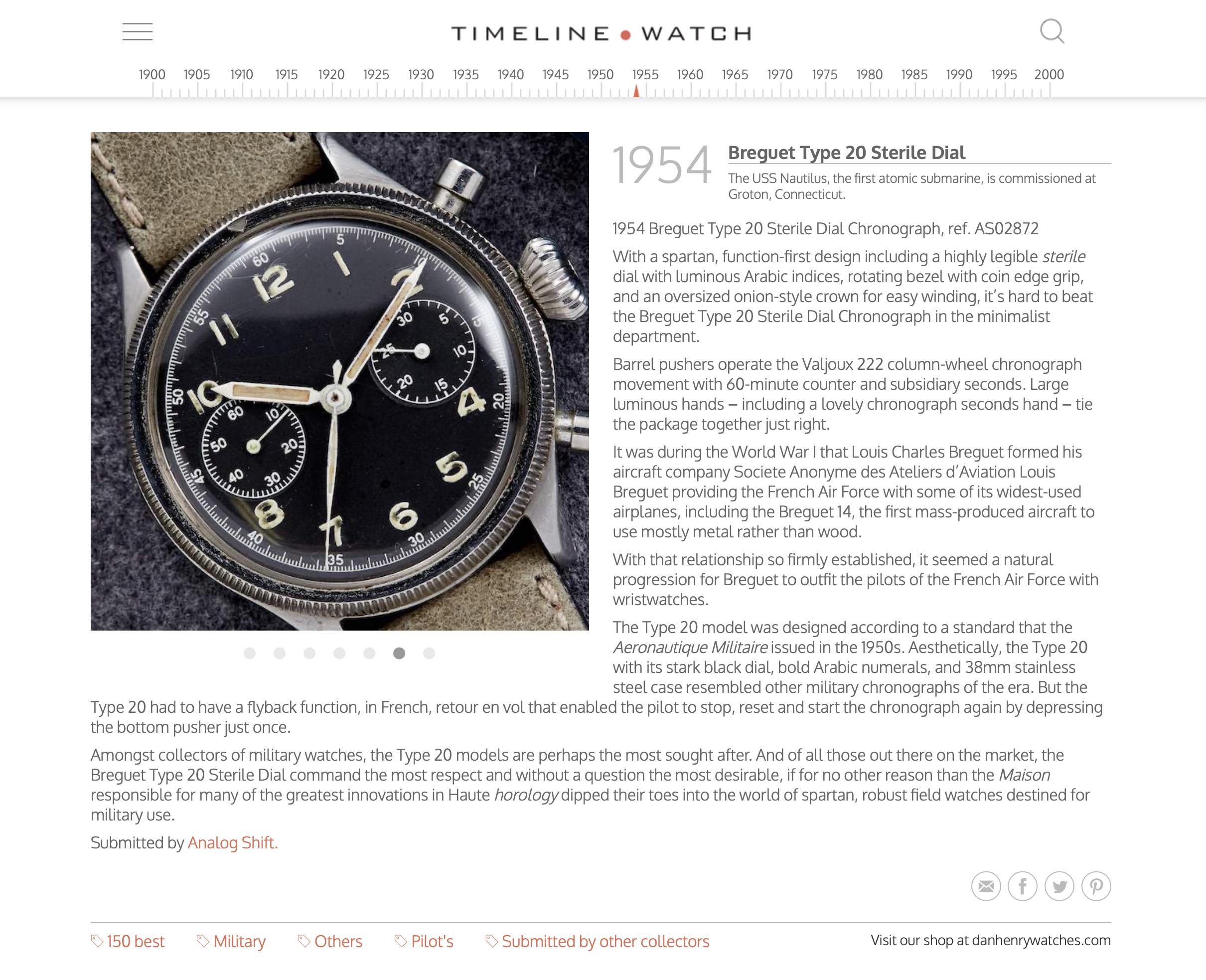
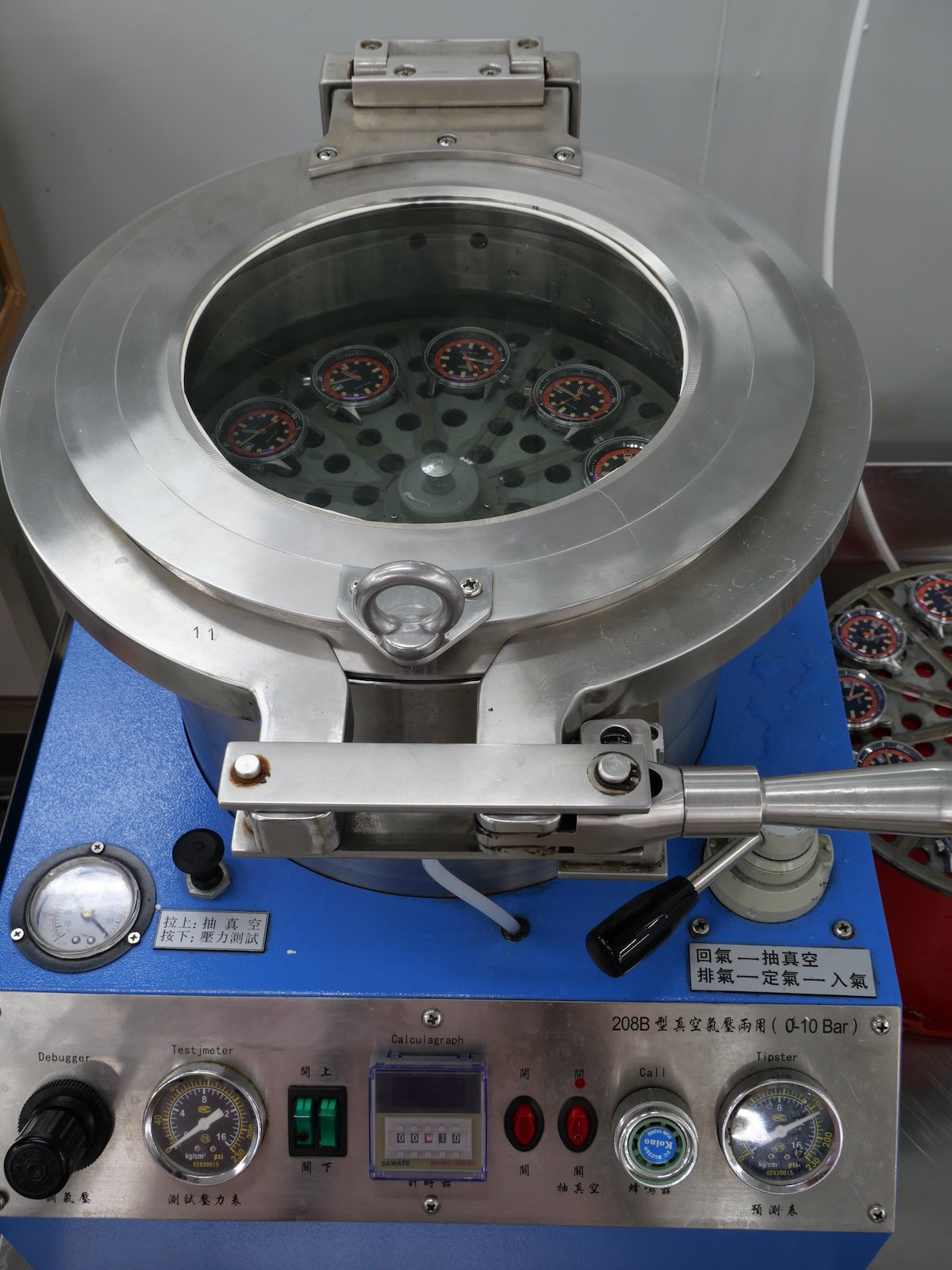
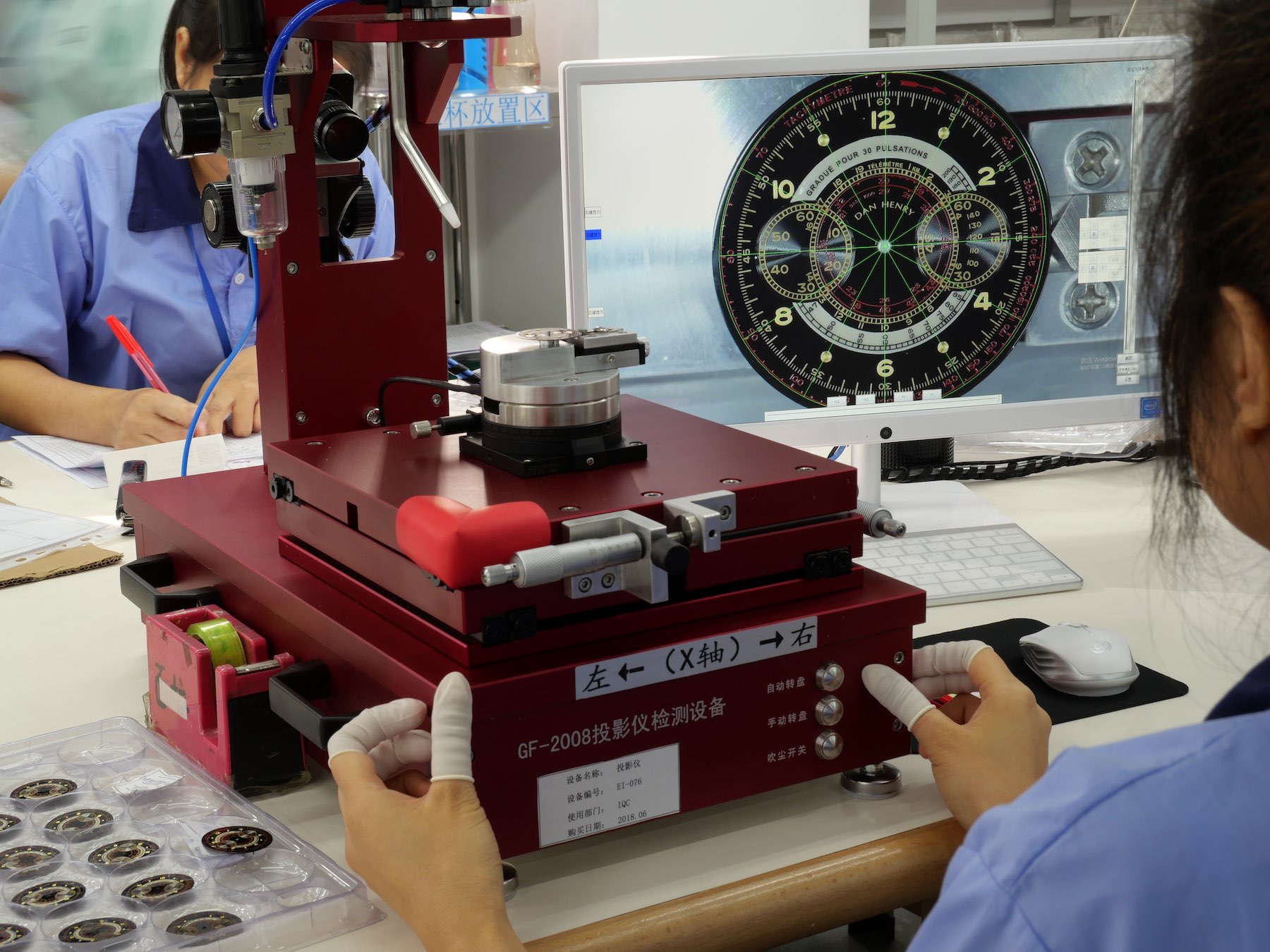
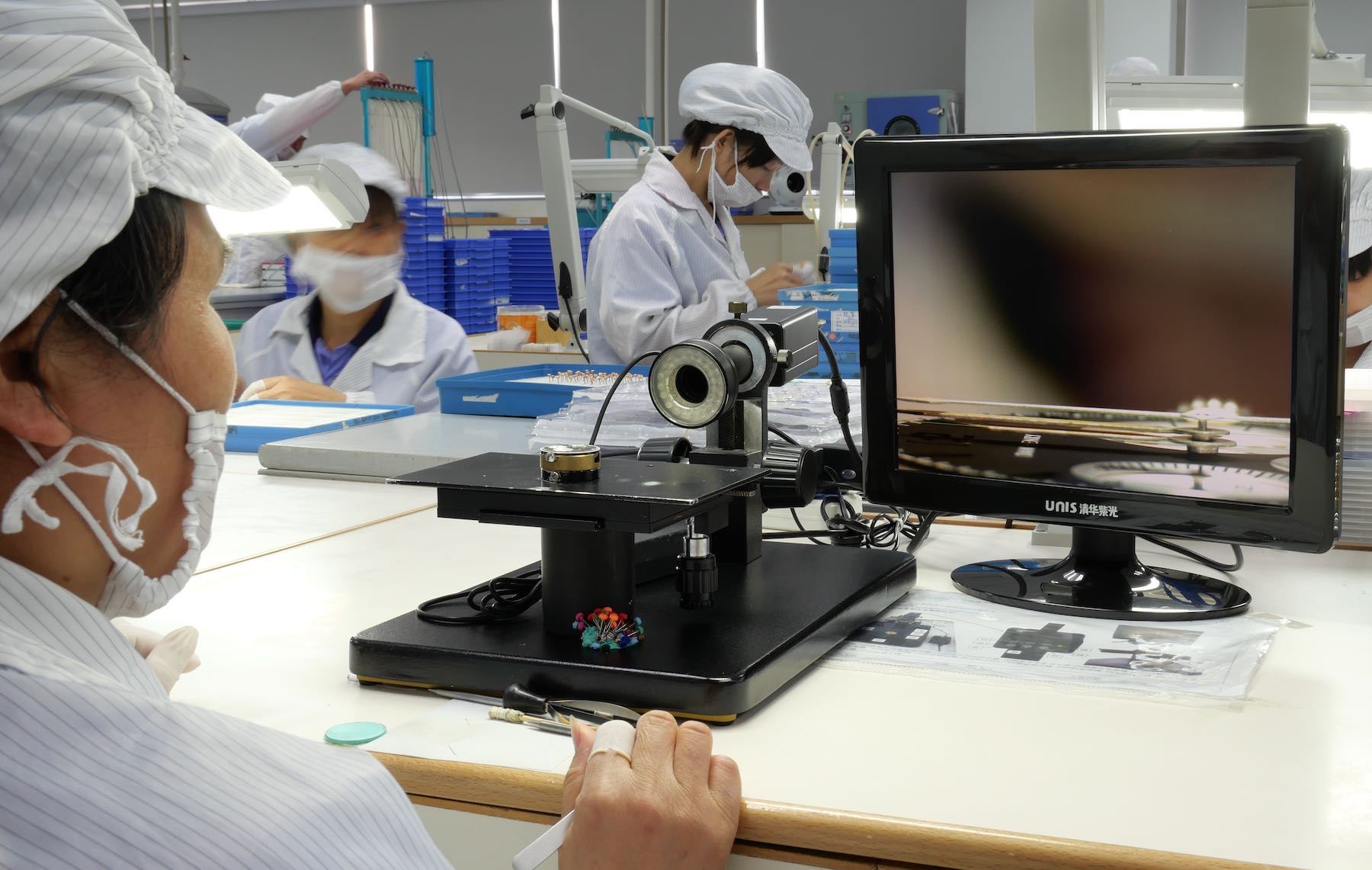
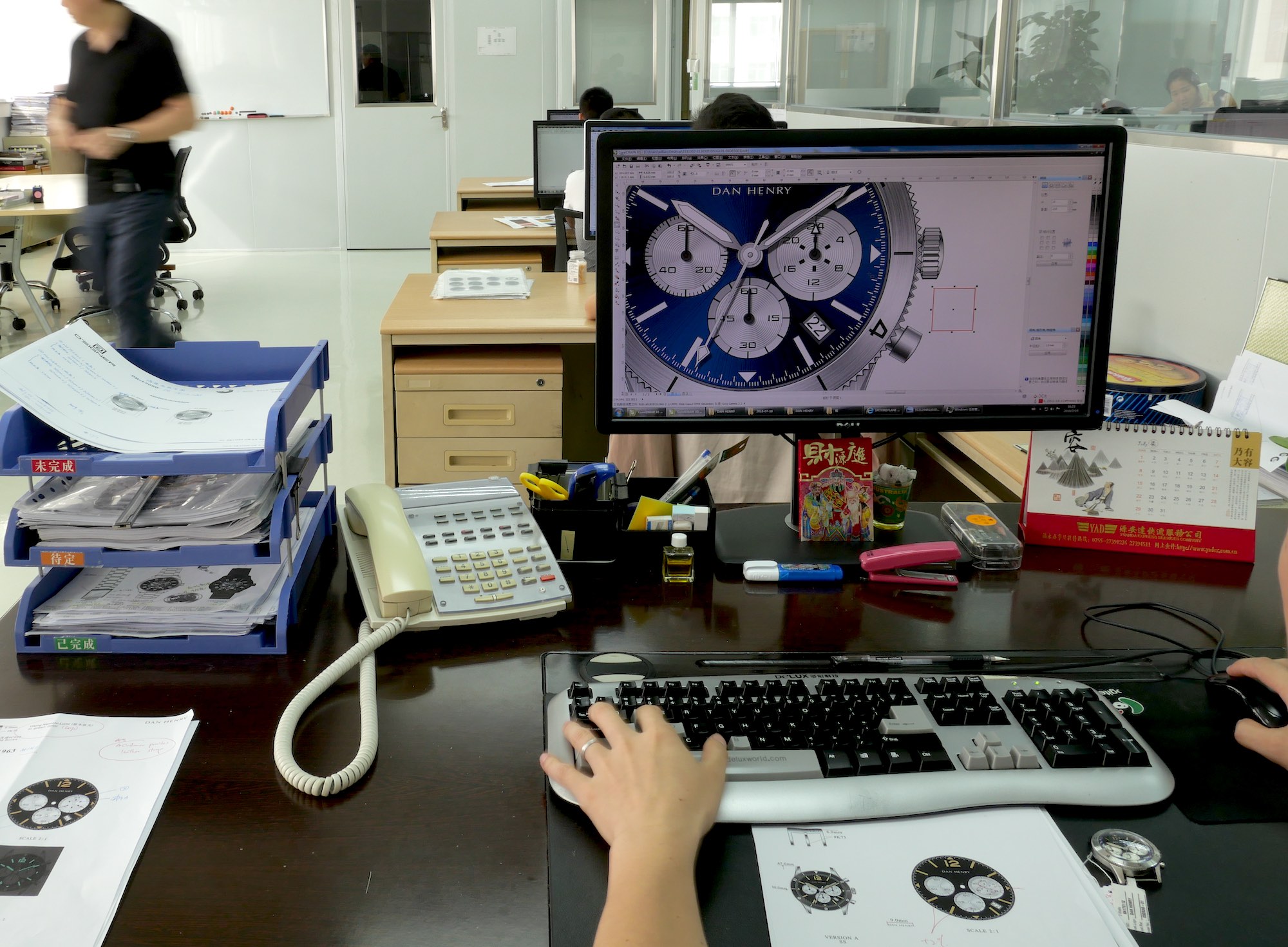
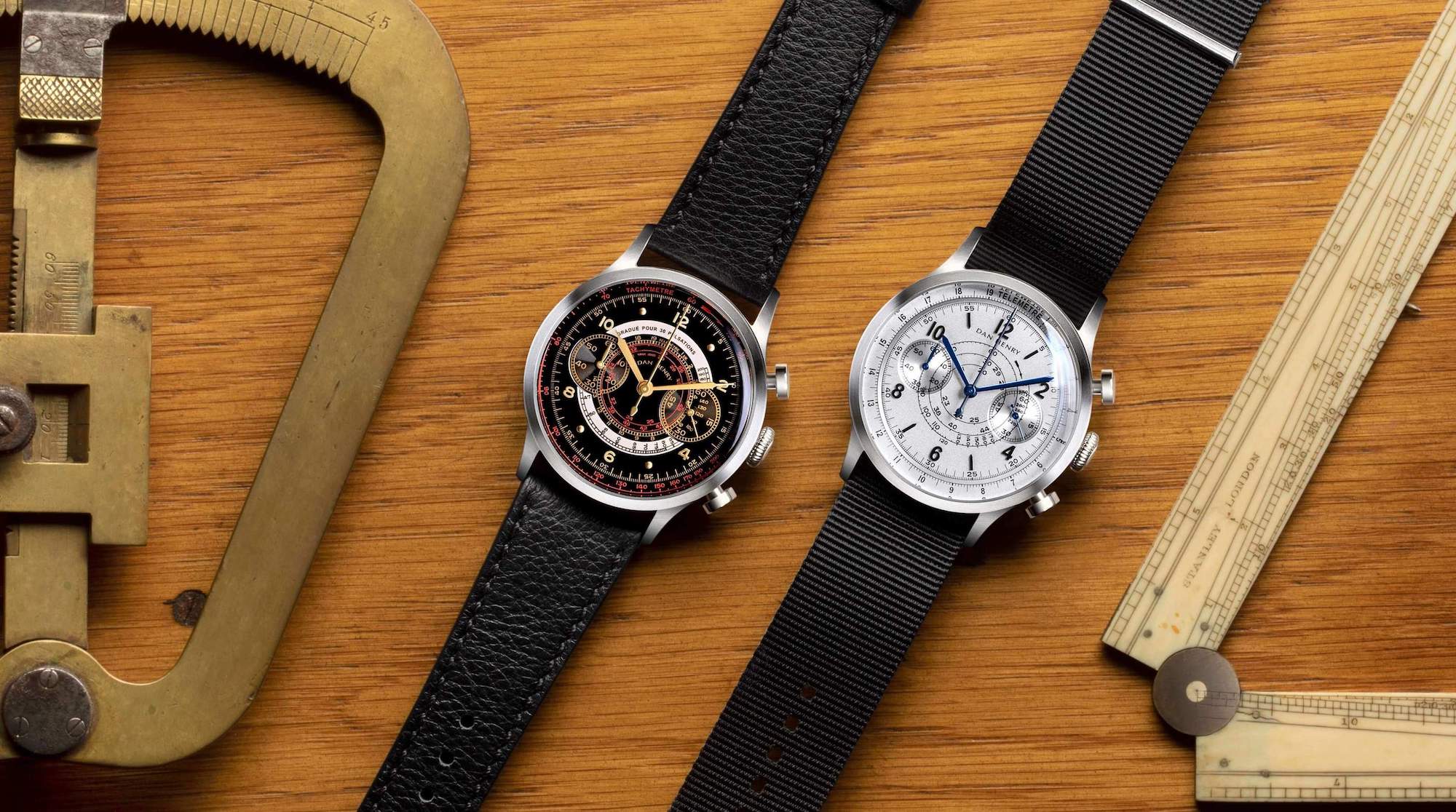
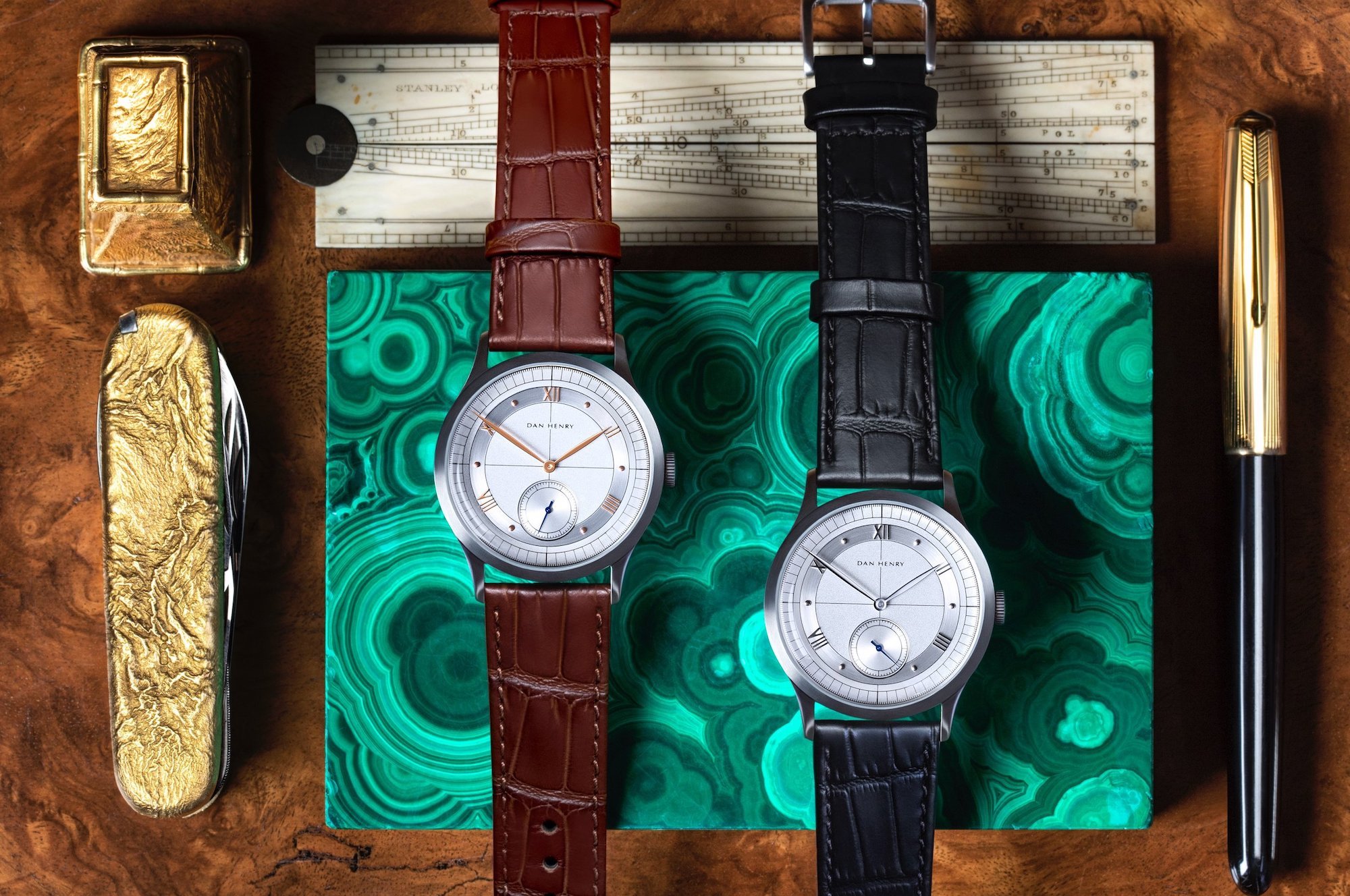
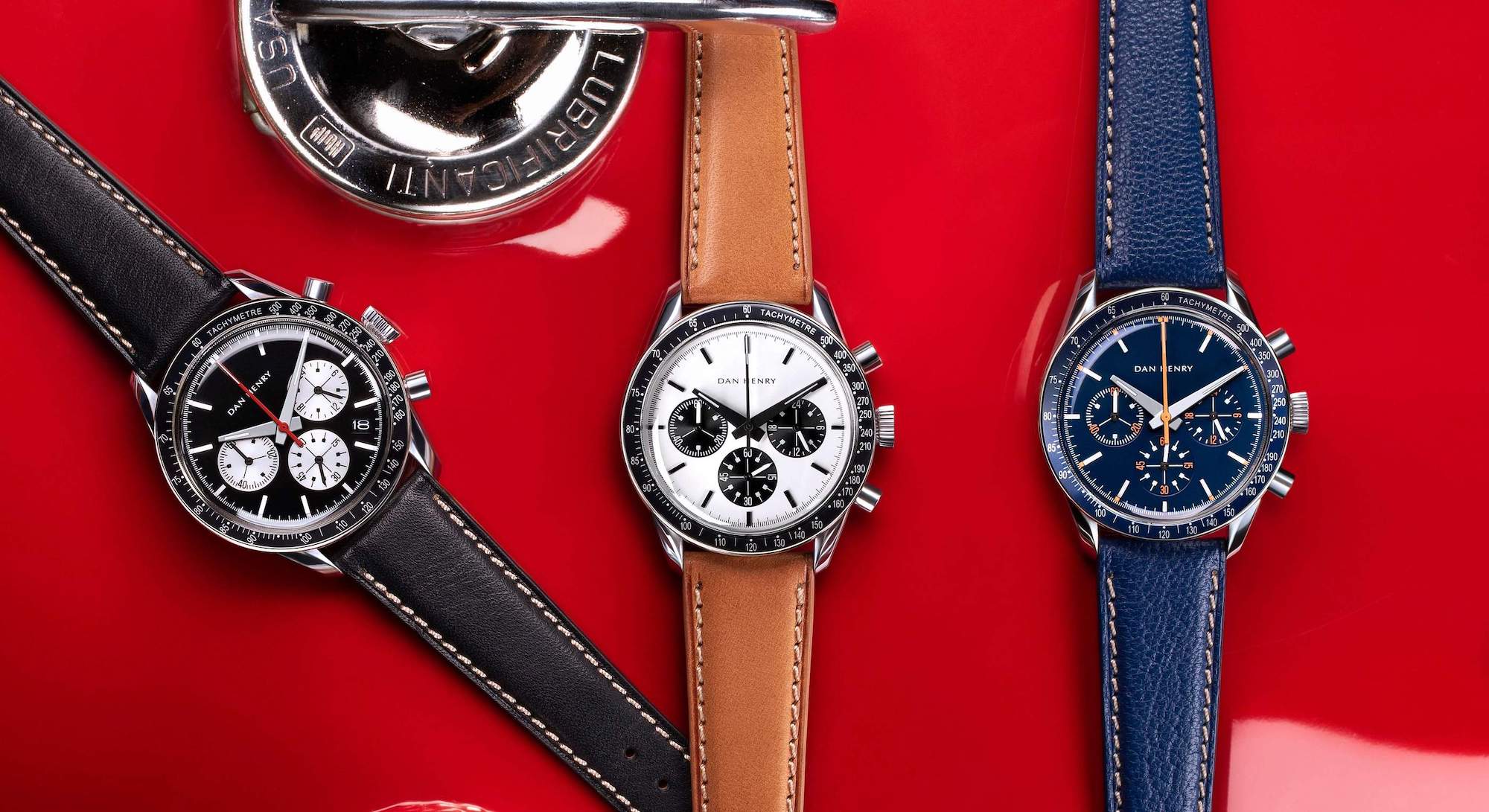
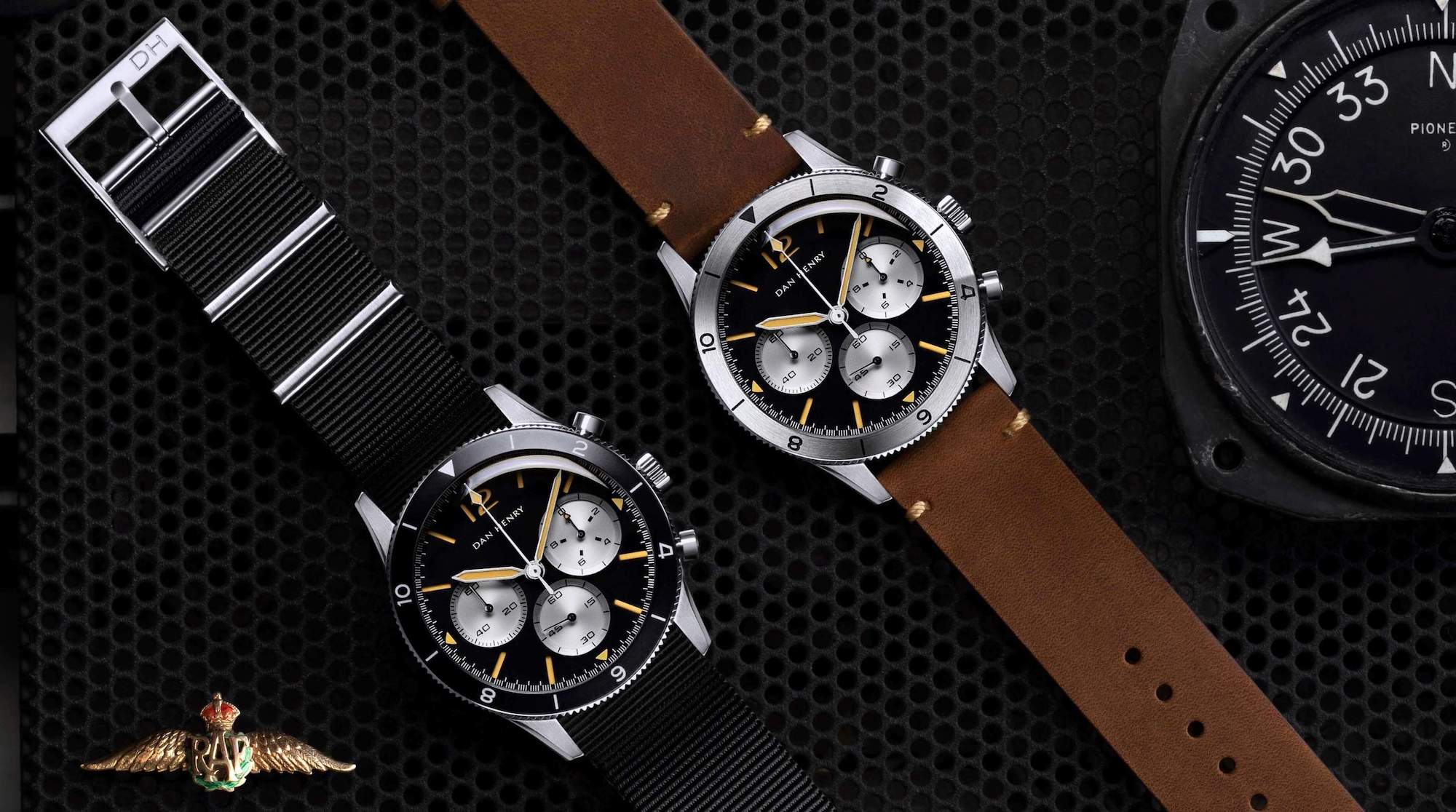
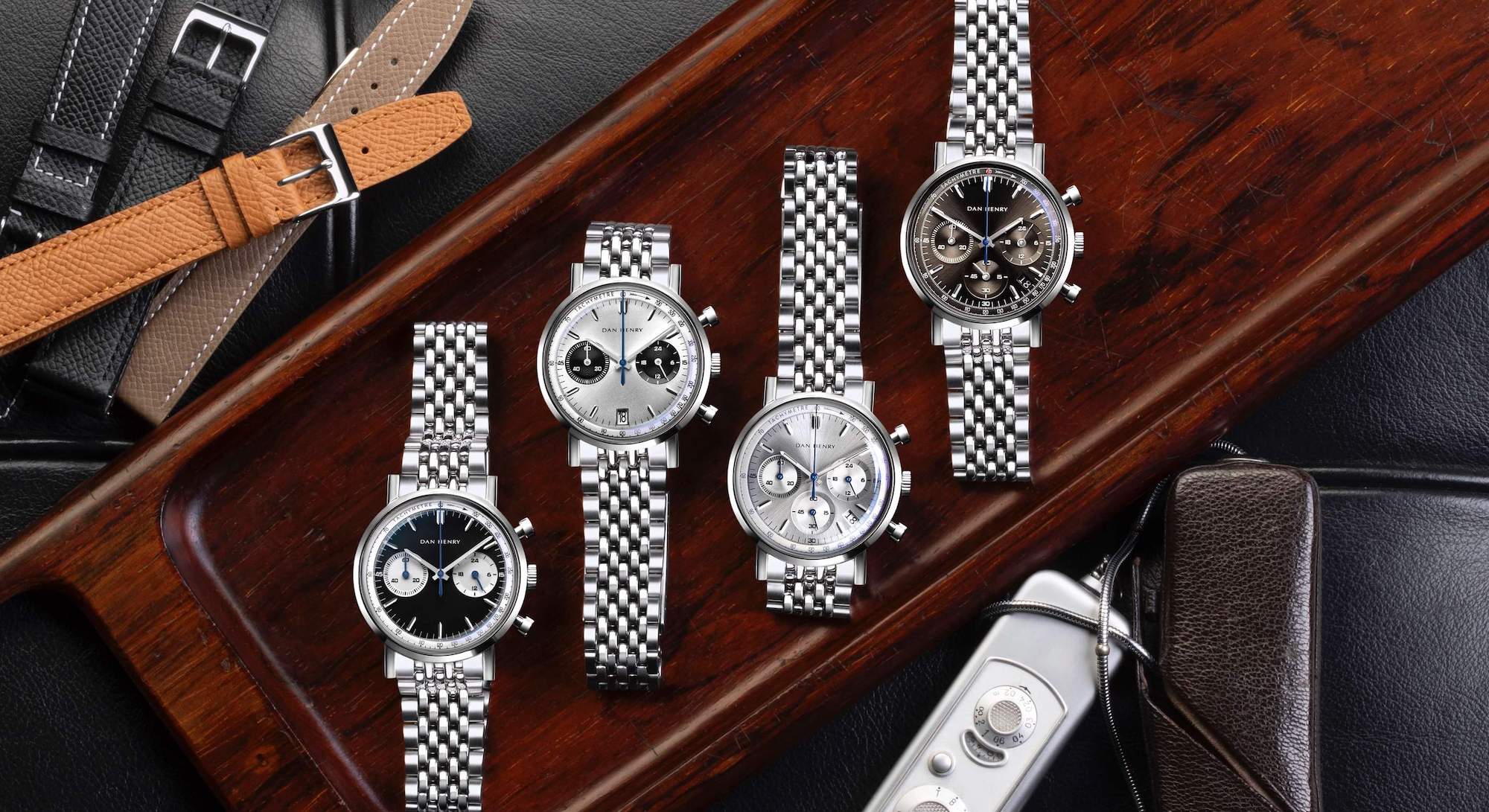
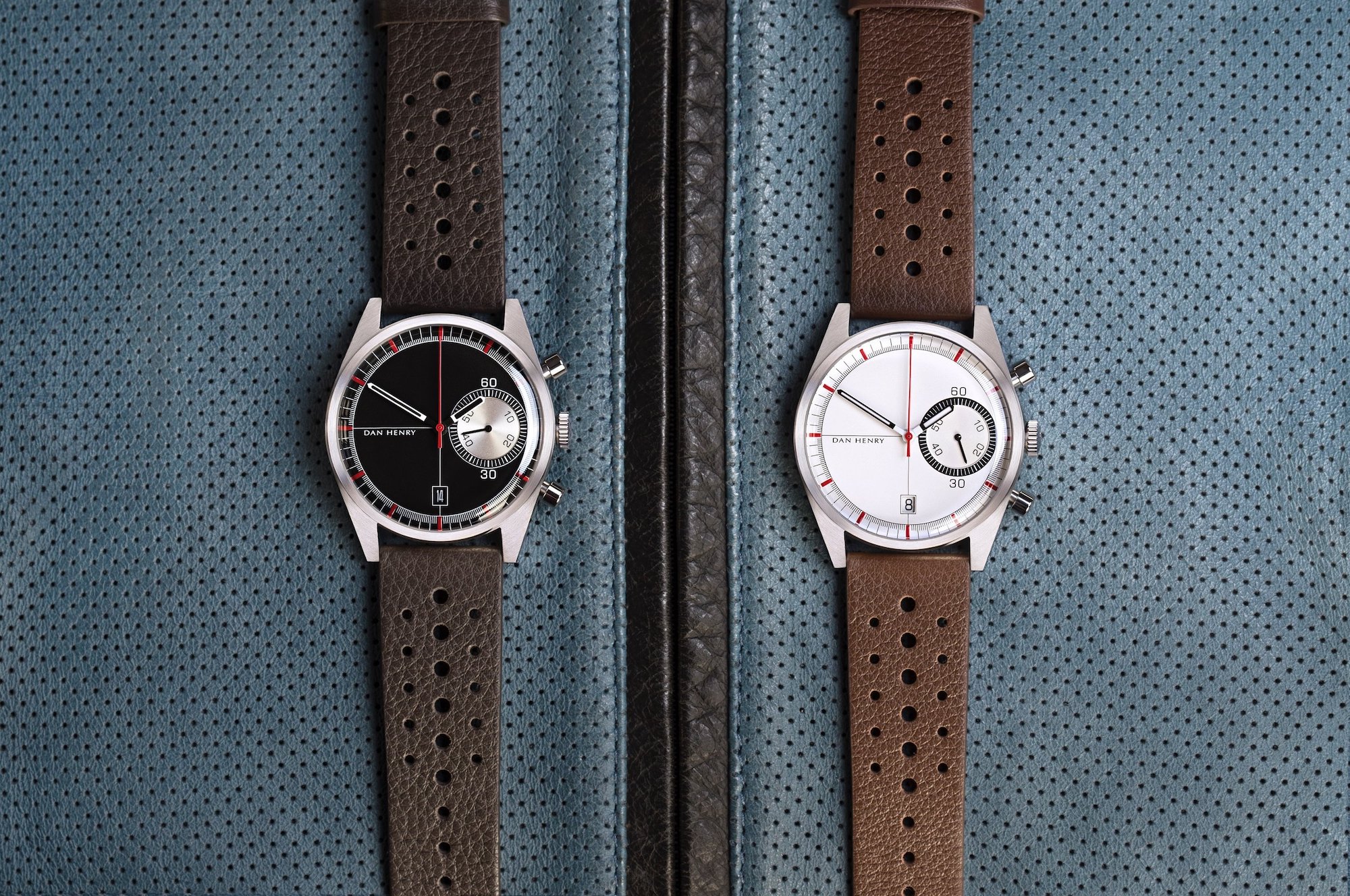
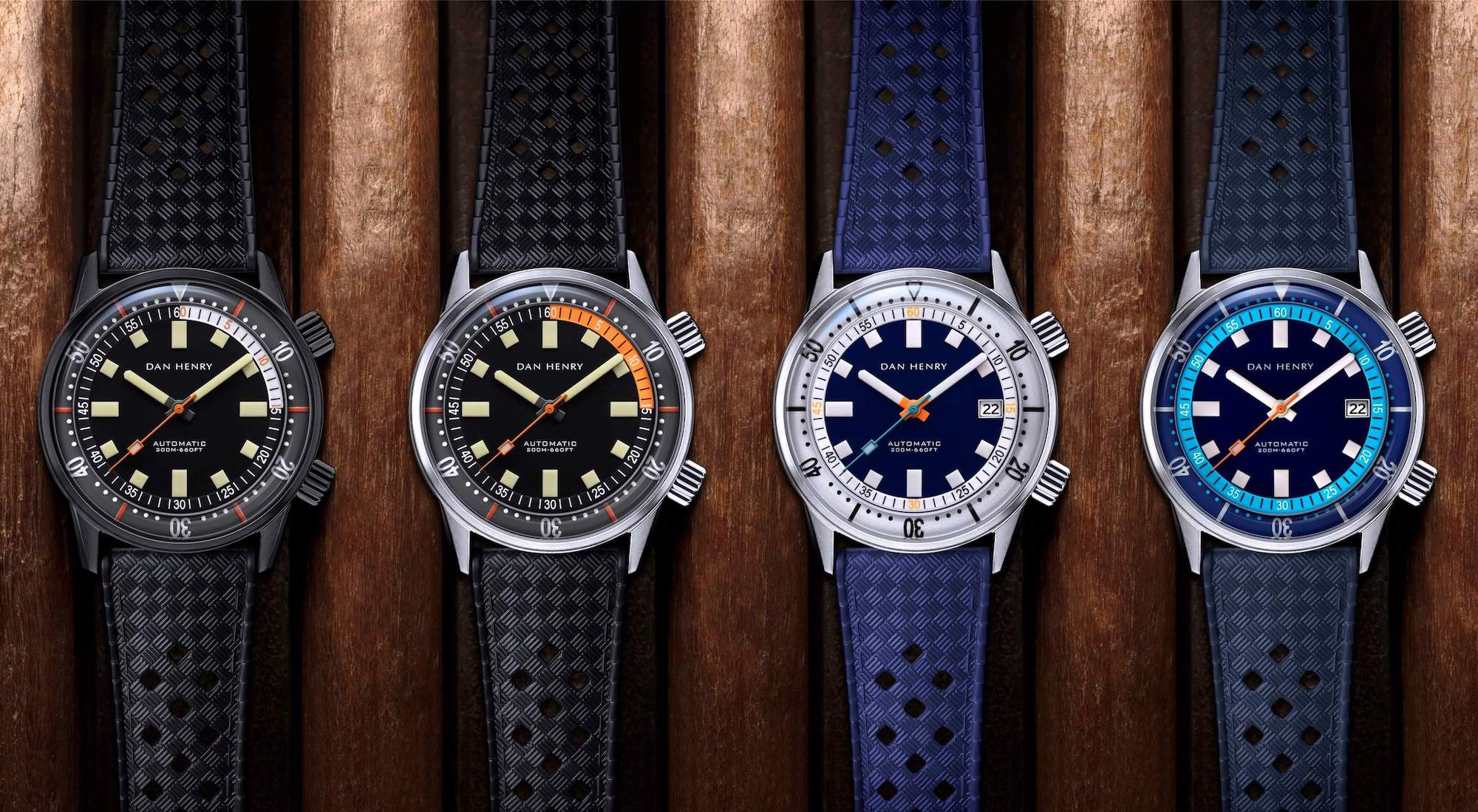
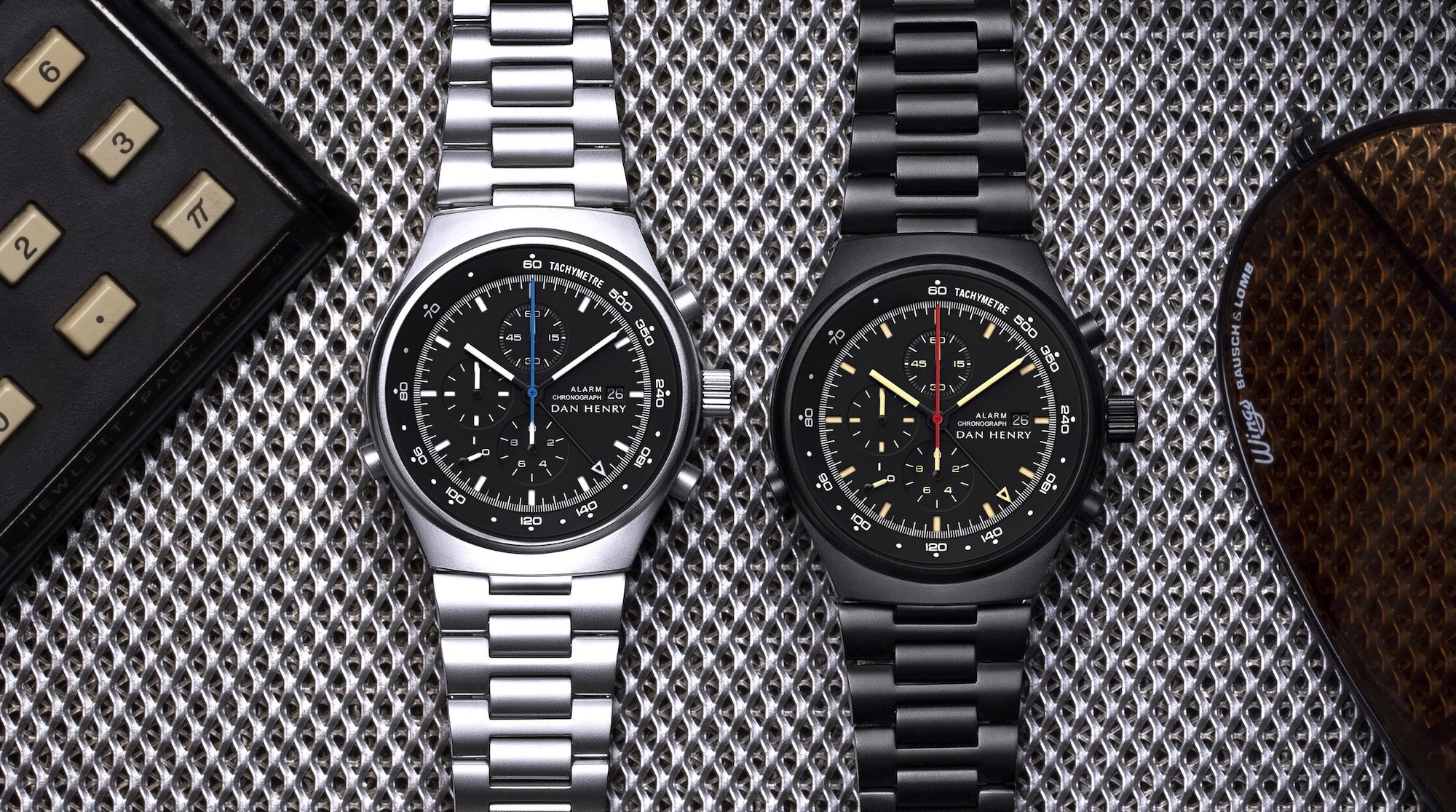



6 responses
I’ve been looking for my first automatic watch for months until I saw the Dan Henry 1970 and immediately felt it had that special vibe. After 2 years and a few more watches in my collection, my taste dramatically changed, but this one remains one of my favorite pieces. Their support has also been (to my surprise) extremely efficient. I think these guys really deserve some attention
Great interview and much kudos to Dan Henry for being so candid and sharing his insight openly. As collectors, we can all identify with him (and I do miss waiting for parcels containing amazing finds in the mid-nineties!).
“fashion watches from Bulgari, Tag Heuer, Rolex and others” 😂Well said Dan 👍🏽
I’ve bought several watches from Dan Henry. Their quality is outstanding, especially given the price point. My only wish/suggestion is that he design more with automatic movements. My 40mm 1970 with the orange dial (sold out) is a favorite. Thanks Dan Henry!
Dan is developing into a force in watchmaking. Beautiful designs, unassailable quality, great value. It’s great to see someone that really cares about these qualities that also has the skills and acumen to make it happen. Amazing.
Dan Henry the brand and the man himself are truly something unique in watch making (and brands in general). I’ve bought a couple of Dan henry watches and they’re beautifully designed and excellent quality. I communicated with the brand quite a bit before and after purchase with different questions and a request to change a watch I’d bought – to my surprise Dan answered personally every time, and was very generous and helpful with the support provided. I’m now a fan for life and wish Dan continued success in the world of watch making.